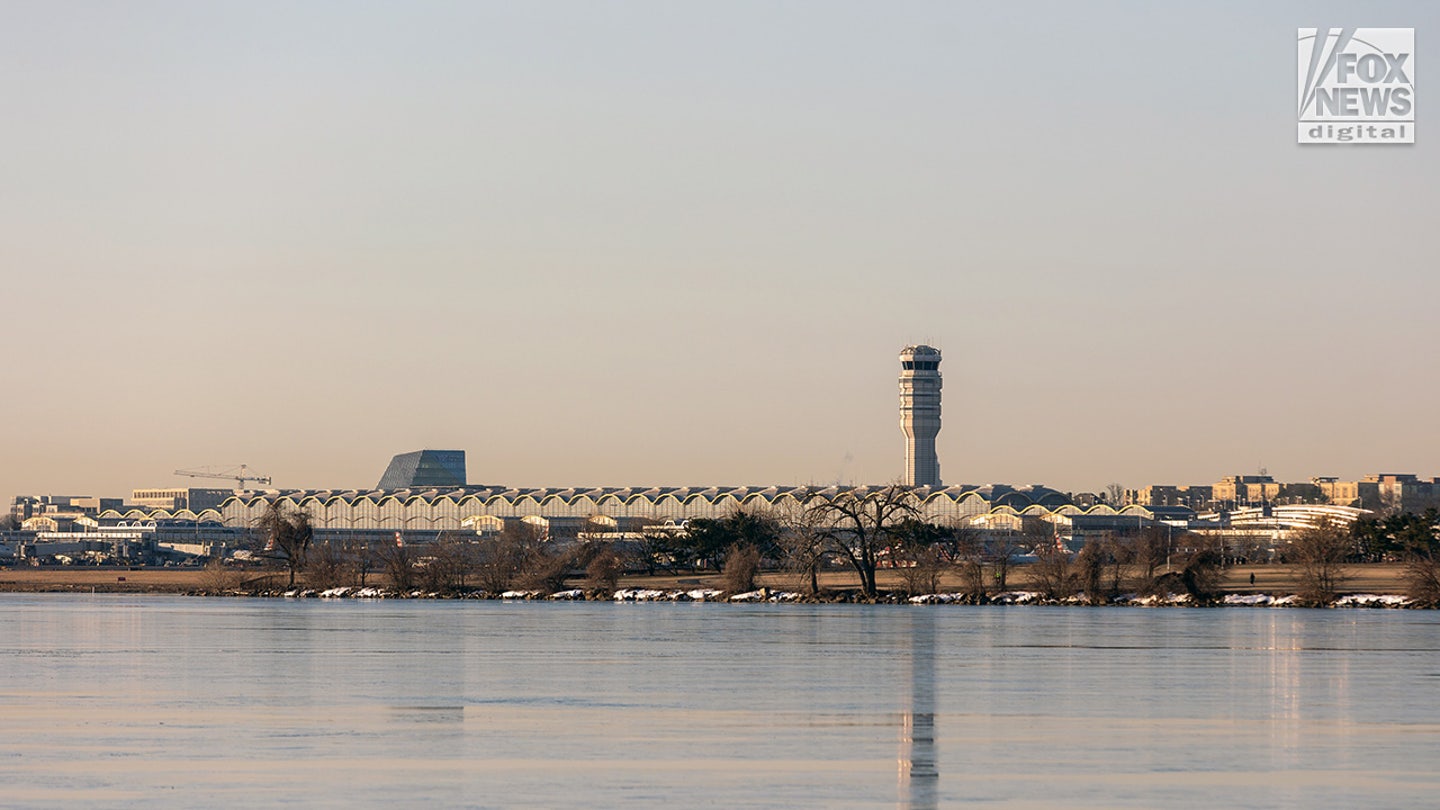The air traffic control responsibilities at Reagan National Airport were merged on Wednesday evening, preceding a tragic collision, according to a report. Before an American Airlines aircraft collided with an Army Black Hawk helicopter over the Potomac River, an air traffic controller was handed both tasks by their supervisor, as cited by the New York Times. This was based on a source familiar with staffing and an internal FAA safety report.
Typically, the duties of managing helicopter and plane traffic are separated from 10 a.m. to 9:30 p.m. at the airport. After 9:30 p.m., when traffic decreases, these responsibilities may be combined. However, on Wednesday, an air traffic control supervisor merged these duties before 9:30 p.m. and allowed one controller to leave early.
The FAA’s preliminary safety report noted that staffing at the airport was “not normal for the time of day and volume of traffic,” reported The Associated Press. The FAA did not respond to inquiries about reports of an air traffic controller departing early. “Ronald Reagan Washington National Airport has 25 Certified Professional Controllers and three Certified Professional Controllers in Training (CPC-ITs),” an FAA spokesperson stated.
Despite the report’s claims about “not normal” staffing, a person familiar with the situation told Fox News Digital that staffing in the control tower on Wednesday night was at a standard level. The individual explained that positions are often combined if controllers need to step away for breaks or during shift changes. This merging of roles is a common practice when air traffic is light, the source added, speaking anonymously.
Supervisors have the discretion to combine roles, as occurred on Wednesday night, though the reason is unclear. When questioned about the air traffic and reports of it being heavy that night, the source described it as moderate. Emergency crews searched the crash site on the Potomac River after the incident occurred as the plane was approaching Reagan National Airport.
The control tower at Reagan National has experienced staffing shortages for years, with only 19 fully certified controllers as of September 2023. The FAA and the controllers’ union aim for a staffing target of 30. Causes for the shortage include employee turnover and strict budgets, resulting in many controllers working extended hours and more days weekly.
The person familiar with the matter elaborated that combining duties is routine when air traffic is manageable. Nonetheless, questions remain about the decision to merge roles earlier than usual. The tragic collision has raised concerns about whether staffing played a part in the incident.
The FAA has yet to comment further on these staffing practices. The investigation into the crash continues as officials seek more details. Meanwhile, safety protocols are being scrutinized to prevent future tragedies.
Observers note that budget constraints have long impacted staffing levels in air control towers nationwide. The Reagan National incident is prompting renewed discussions on resource allocation. As these discussions unfold, the focus remains on ensuring air safety for all flights.
Experts argue that maintaining adequate staffing is crucial for managing busy airspaces. The incident underscores the importance of having sufficient trained personnel in control towers. Balancing budget limitations with safety needs is a challenge faced by many airports.
In the wake of the collision, there is a push for reviewing staffing policies at airports like Reagan National. The aim is to enhance safety while managing financial constraints effectively. As the investigation proceeds, stakeholders await further insights into the incident’s causes.
Calls for increased funding and support for air traffic control operations are growing. Ensuring the safety of both civilian and military aircraft is paramount. The Reagan National case may serve as a catalyst for change in how air traffic control is managed.
The aviation community remains focused on learning from this incident. The goal is to implement measures that prevent similar occurrences in the future. Ensuring robust staffing and efficient operations are key priorities moving forward.
As discussions continue, the safety of air travelers remains the utmost concern. The incident at Reagan National highlights the need for ongoing vigilance and preparedness. Achieving this balance is essential for maintaining the public’s trust in air travel.



